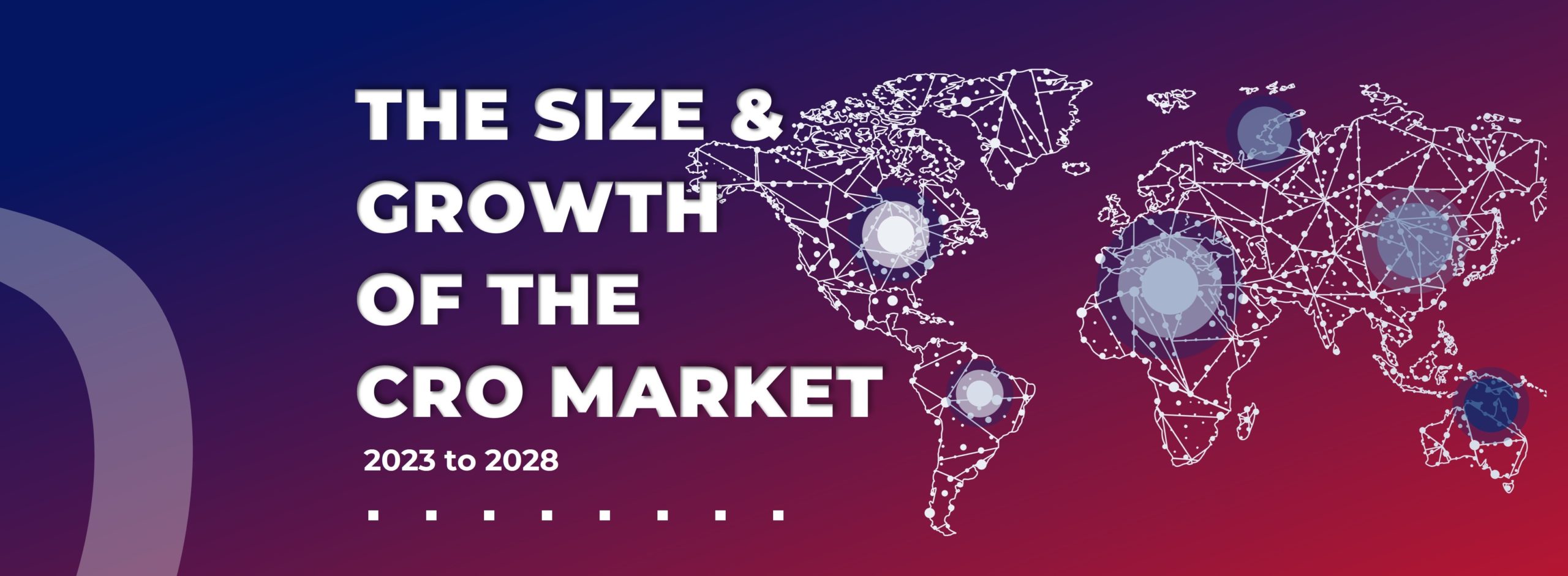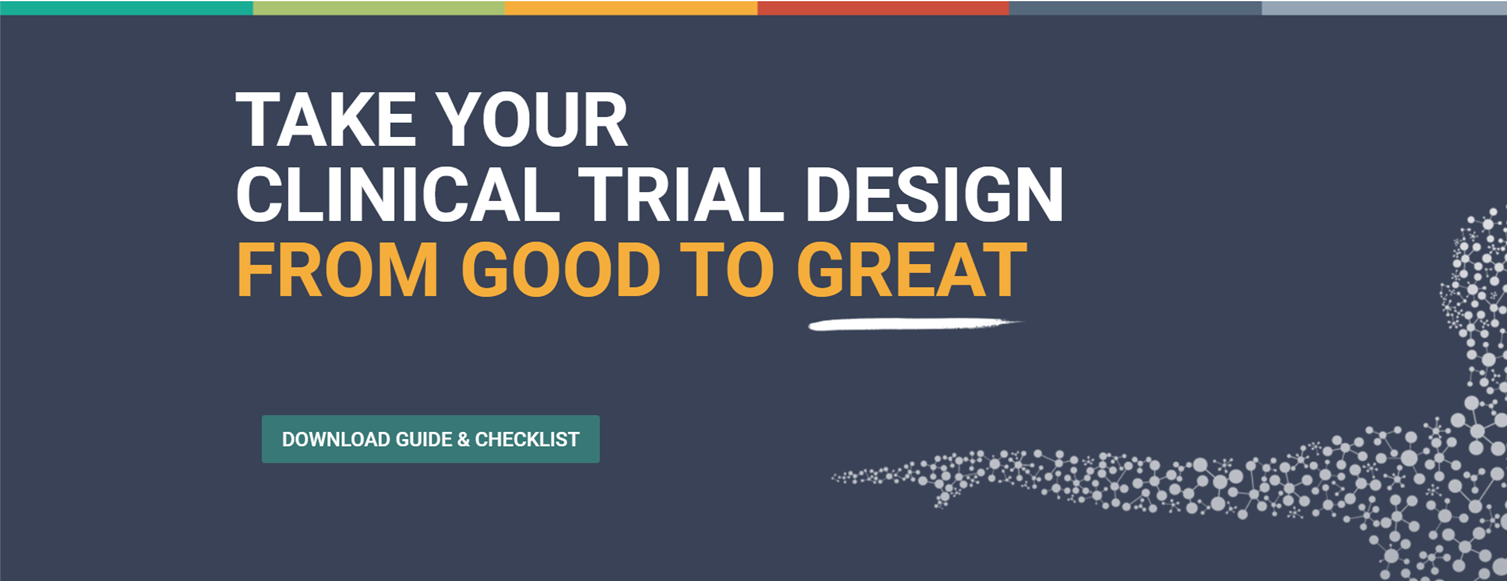
What is the Difference between Biostatistics and Statistics?
In the life sciences field, there are two terms that often come up when describing the analysis of data; biostatistics and statistics, which are often used interchangeably. However, despite their similarities, they do have distinct differences in their focus and applications.
Main Difference
Statistics encompasses methods of collecting, organizing, analyzing, presenting, and interpreting data to help draw conclusions or make more informed decisions. Biostatistics, on the other hand, is a specialized part of statistics that focuses on the collection, analysis, interpretation, and presentation of data specifically for biology, medicine, and health related fields.
Biostatistics
Biostatistics, on the other hand, is a specialized subset of statistics that focuses on the collection, analysis, presentation, and interpretation of data specifically for biology, medicine, and health-related fields. Biostatisticians collaborate with medical researchers to design studies that are scientifically rigorous and statistically valid. They are well-versed in the unique challenges and complexities of biological and health-related data, such as controlling for confounding factors, designing longitudinal studies, defining research questions, selecting appropriate study designs, and identifying suitable statistical tests and models for data analysis. They play a crucial role in understanding disease patterns, evaluating treatment efficacy and effectiveness, and assessing the impact of public health interventions.
Biostatistics enable researchers to make accurate inferences from collected health-related data, facilitating the advancement of medical knowledge and the development of new treatments and interventions. Without robust statistical methods, it would be challenging to establish causal relationships, control for confounding factors and account for, and understand, the variability inherent in biological and clinical data. Medical research heavily relies on biostatistics to generate reliable evidence and support evidence-based decision making.
How Biostatistics and Statistics Differ
While biostatistics and statistics share similarities in terms of the underlying statistical methods used, they differ in their focus, objectives, and the context in which they are applied. Here are the key differences between the two:
Application: Biostatistics specifically focuses on the application of statistical methods to biological and health-related data, whereas statistics encompasses the application of statistical methods to data from a wide variety of fields.
Expertise: Biostatisticians possess specialized knowledge and expertise in handling biological and health-related data, considering factors specific to these fields. In contrast, statisticians may have focus on a different field of expertise or are generalists with a broad understanding of statistical principles and methodologies that can be applied to various types of data.
Data Characteristics: Biological and healthcare data often possess unique characteristics, such as longitudinal measurements, hierarchical structures, and high-dimensional data. Biostatistical methods are tailored to address these complexities within medical research, whereas statistical analysis encompasses a wider range of statistical techniques.
Research Questions: Biostatistics primarily supports research questions related to healthcare outcomes, treatment comparisons, disease prevalence and genetic studies. Statistics, on the other hand, caters to a broader spectrum of research questions depending on the specific domain.
Regulatory Requirements: In the context of clinical trials and drug development, biostatisticians play a critical role in ensuring studies comply with regulatory guidelines set by health regulatory authorities like the US FDA, Health Canada, and the European Medicines Agency. Statistical analysts, although concerned with regulatory compliance in certain industries, may not have the same level of involvement as biostatisticians in the healthcare sector.
Data Sources: Biostatistics often deals with data collected from clinical trials, patient records, genetic studies, and epidemiological studies. Statistics may involve a broader range of data sources, including surveys, experiments, observational studies, and administrative and transactional databases.
In Summary
Biostatistics and statistics are two distinct but interconnected fields that are vital for advancing medical research. Understanding the differences between these two fields helps in leveraging their respective strengths and utilizing them effectively in data analysis and interpretation. Together, they form a powerful combination for data-driven decision-making in the life science field.



